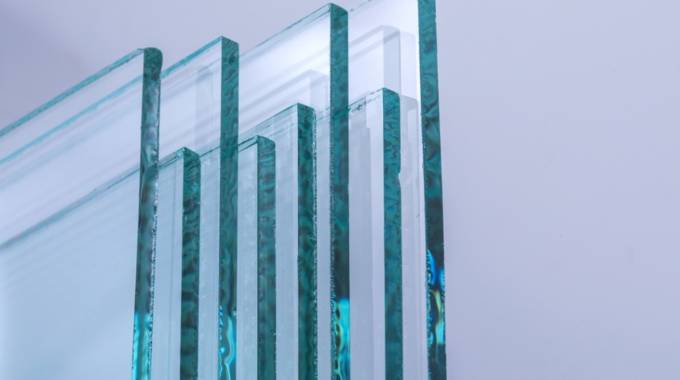
The ManicaPost

Friday Lessons with Uncle Jay
Over the course of human history, there was a Stone age, and then a Bronze age, and there’s even been an Iron age. The question is, what moniker would you give to the age in which we’re presently living?
Personally, I vote for calling it the Glass Age! Today, there is hardly any area of life in which glass is not used in one form or another. Have you ever wondered how this incredibly useful material is made?
Mysticism of glass: Is glass a liquid?
Glass is strong enough to protect us, but it can also shatter frantically into thousands of pieces. It’s made from opaque sand, yet it’s completely transparent. And, perhaps most startling of all—it appears and behaves like a solid, but it’s actually a form of weird liquid in diuise!
The science of making glass
This might be hard to believe, but glass is made from liquid sand. More specifically, glass is made by heating ordinary sand (mostly composed of silicon dioxide SiO2) until it melts and turns into a liquid.
You may wonder why the same thing doesn’t happen on hot days at the beach, but the answer to that is quite simple—the melting temperature that the sand needs is very high, around 1700° Celsius.
When the molten sand is allowed to cool, it doesn’t return back to its gritty yellow state that you began with—the heating causes it to undergo a complete chemical transformation, thus attaining a new inner structure.
Regardless of the technique employed for cooling the molten sand, it never quite sets into a quintessential solid. Instead, it turns into a frozen liquid or — what a material science graduate would like to call — an amorphous solid. – www.scienceabc.com



